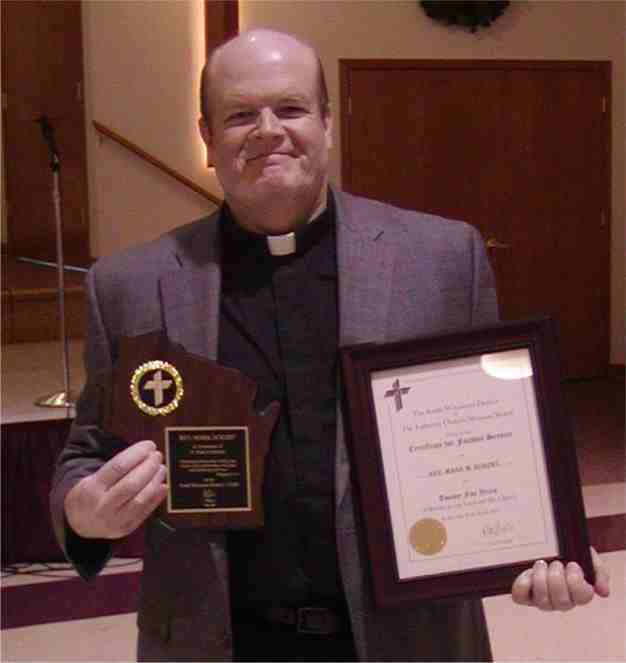HISTORY OF ST. JOHN NEW FANE
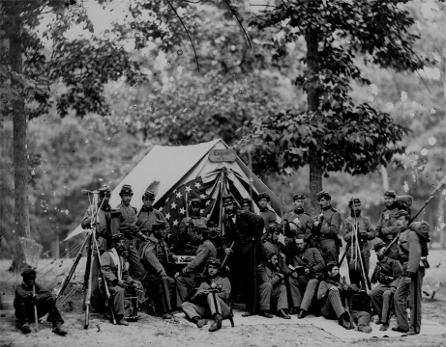
A settlement sprung up in South East Fond Du Lac County called Eblesville.
EBLESVILLE. The village was founded by Andrew Eble, who came from Milwaukee, in 1855, purchased the water-power and built a saw-mill. He was accidentally shot on Christmas, 1859. Adjacent to Eblesville was the town of New Fane, named after a town in New York from which the “Yankees” had come. The New Fane Post Office, established on the line between Sections 29 and 30 in 1851, by T. S. Wilcox, was moved to Eblesville in 1875.
In 1875, the New Fane Post Office, which had been established in 1852, was moved to Section 55 and absorbed Eblesville completely.
The village consists of a saw and feed mill, two stores, and the usual number of shops.
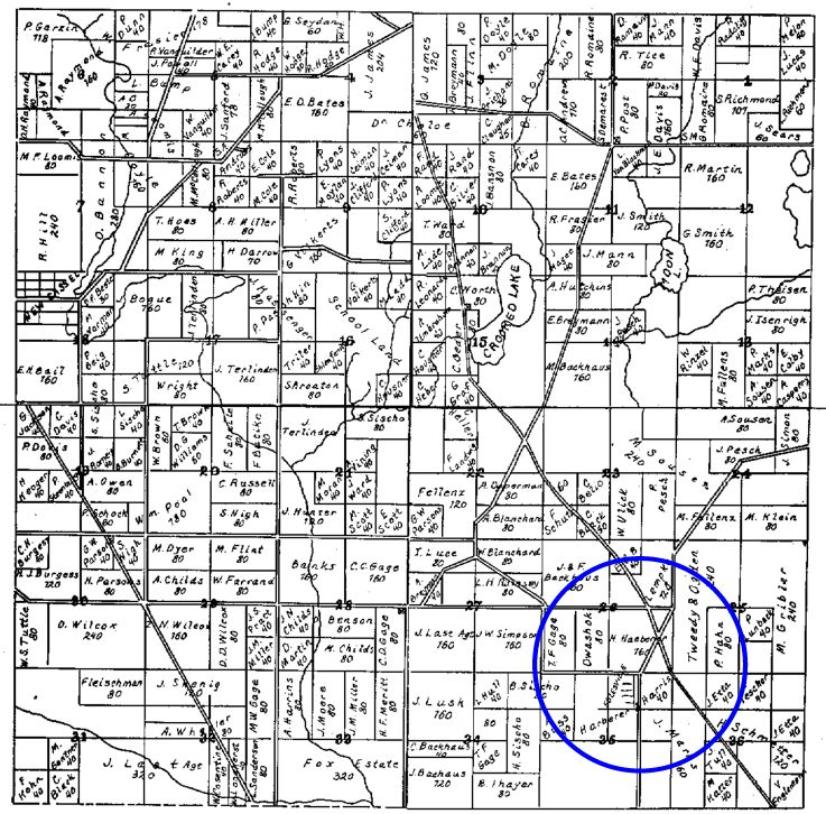
Many of the new settlers in this area who had emigrated from Germany wished to start a Lutheran Congregation. In 1858, August Oppermann, Carl Bleck, Frederick Schultz, August Lubach, Christian Bilgow, William Backhaus, Henry Heberer and a man named Heise, wrote to the Rev. Peter Dicke who was serving Immanuel Church in Hocheim, a congregation 36 miles away, expressing their desire to begin a congregation in New Fane. Immanuel Church was located three miles south of Theresa on the Hocheim Road. Despite the difficulties involved in such a long trip, the Pastor agreed to travel to New Fane.

Rev. Dicke
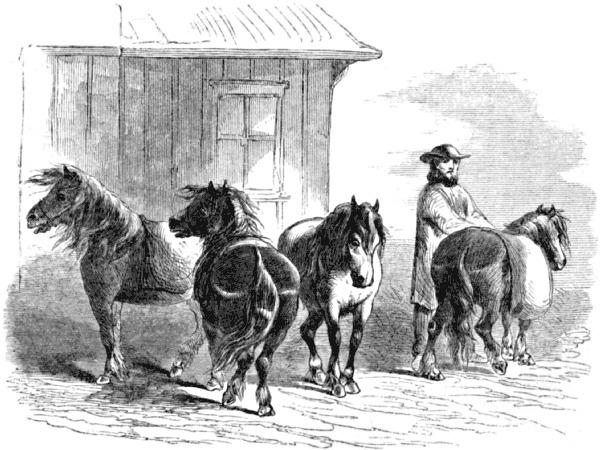
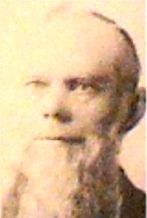
Rev. Krumsieg
In 1864 the first parsonage was completed. Minutes from a June 24, 1864 meeting that was translated from German states, "Meeting was opened at 9:00 AM with a prayer. Mr. Bardelz's time as a trustee was over and they elected Mr. Oppermann as trustee for three years. A member proposed to have school only in the morning for the summer because the parents need the children for working in the fields and it is too hot in the school for the children. This was accepted". November 4, 1864 minutes reflect, "They checked the bills and receipts from the last quarter. The pastor should get more money because he has not enough to take care of his family, and he needs 50 dollars for his debt. It was decided to give him 50 dollars and also give him 50 dollars more the following year. Because Mr. ________didn't go to church even after many invitations to come to church and meetings, it was decided to excommunicate him".
The minutes of the November 4, 1867 meeting were, "They opened with a prayer and a song. Mr. Backhaus wasn't finished with the receipts from last year and they adjourned it until next Sunday. The Pastor should get more money because he hasn't enough to feed his family. He should get 50 bushels of potatoes instead of 30. Instead of wheat he should get meat. Instead of hay he should get money, 40 dollars for wheat, 20 dollars for hay, and the meat should get paid with money. He should get paid 3 weeks before Christmas. The members have to bring wood for pastor and the church".
The four years that Rev. Krumsieg spent at our church saw the congregation grow! He baptized 52 infants, confirmed 47 young people, and performed 17 marriages and 8 burials. He accepted a call to Minnesota in 1867.
Next came The Rev. A. Grossberger who had belonged to the Buffalo Synod church nearby and brought many families with him after he joined the Missouri Synod.
Notes from March 9, 1869 read, "They came to the decision that whoever didn't give wood to the Pastor has to pay $1.00, and all outstanding money has to be paid by October 1st."
He later accepted a call to Buffalo, New York. His energetic successor was Rev. G.K Schilling who came in 1870 and who was responsible for the building of our present stone church.
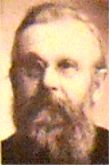
Rev. Schilling
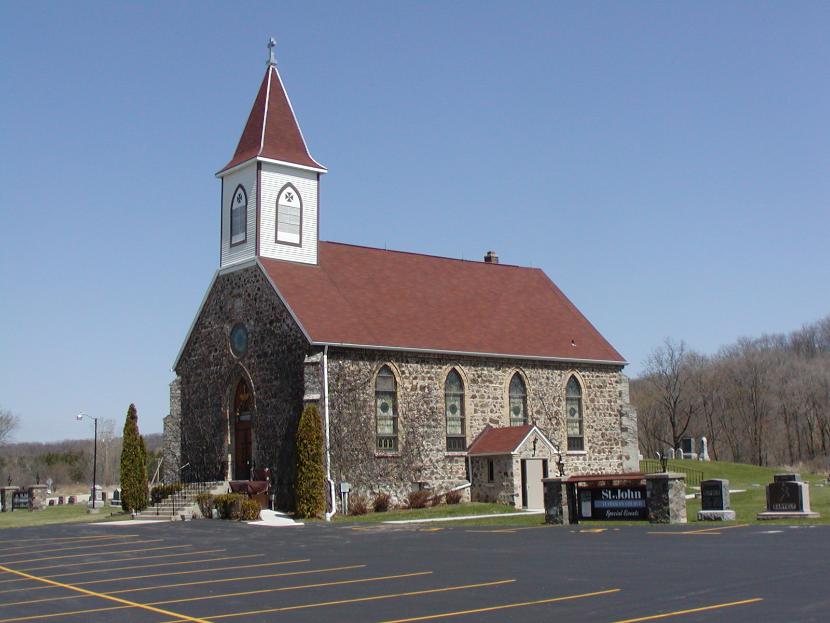
These glaciers also created the rolling hills and beautiful valleys that make the setting for the church so outstanding. It is one of two outstanding examples in Wisconsin of the Celtic Gothic architecture of Ireland and Scotland. The members of the congregation within a year at a cost of $4000.00 erected the building and paid it off in three years. Because of the cost of the church a 1200 lb. Copper alloy bell, was first purchased in 1886 from the Stuckstede Co. of St. Louis for $218.00. The bell was to be rung for "The opening of all regular services on Sunday and Holy Days and on the Saturdays and the eve of principal church festivals."
The following minutes take from past meetings show that on November 11, 1872 "The accounts were checked by Mr. Schultz, Mr. Heberer and Mr. Buss and found to be in order. A house for the teacher should be built. It will be 22 feet wide, 32 feet long, 14 feet high, the kitchen 18 feet wide and 20 feet long.
Minutes of the December 2, 1872 minutes read, "The congregation should buy 4 curtains for the church windows. The wood for Pastor and church has to be delivered by Febuary 1st. Boys until the age of 18 have to sit in front of the church. Members have to take turns tending the furnace. Every quarter year the receipts should be checked over. Whoever is not present at the election may not have anything to say about future business matters".
Minutes of two following meetings read, "Febuary 2, 1874 Mr. Heberer sold 1/2 acre of land to the congregation for $50 dollars. Mr. Bartelt was received as a new member. Lime should be bought and shingles for the roof."
"March 16, 1874 accounts audited. English lessons of 4 hours per week should be given."
A stable and wagon shed was built for the horses in 1888, and a chapel organ purchased in 1900 from Wilcox and White for $150.00. The organ was very hard to pump however, and a electric blower was installed in 1933.
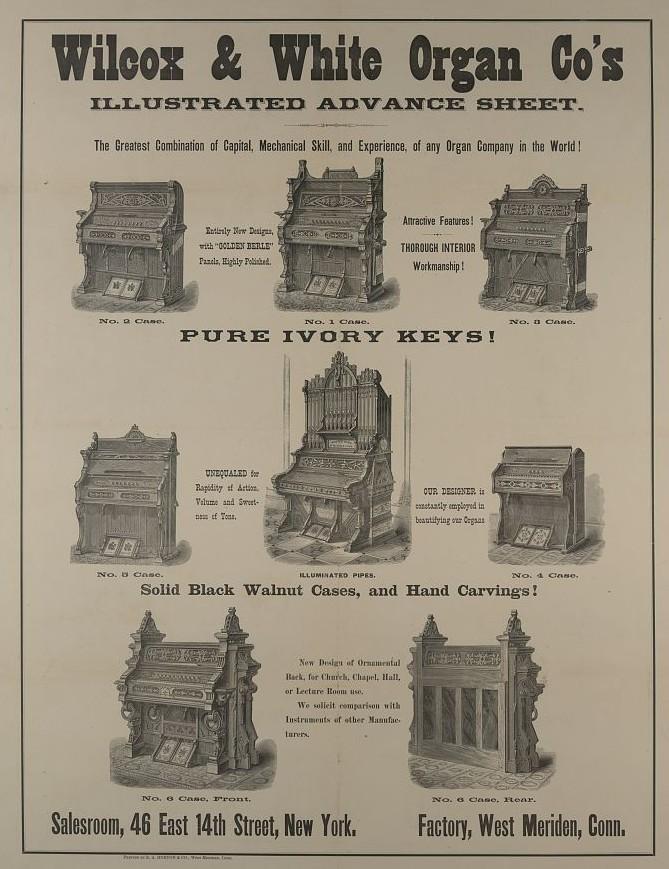
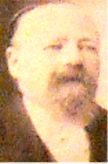
Rev. Braeuer
On June 20, 1888, The Reverend Theo Braeuer was installed and served until the fall of 1901 when he accepted a call to Norfolk, Nebraska.
On April 10, 1890 the minutes of that church minutes found that because of less enrollment, the school money wasn't enough. Every child should bring $1.50, the poor children .50 cents. It was also decided that whoever has a saloon or opens one will be excluded from membership. Or, if you allow people to get drunk or organize a dance you will also be excluded.
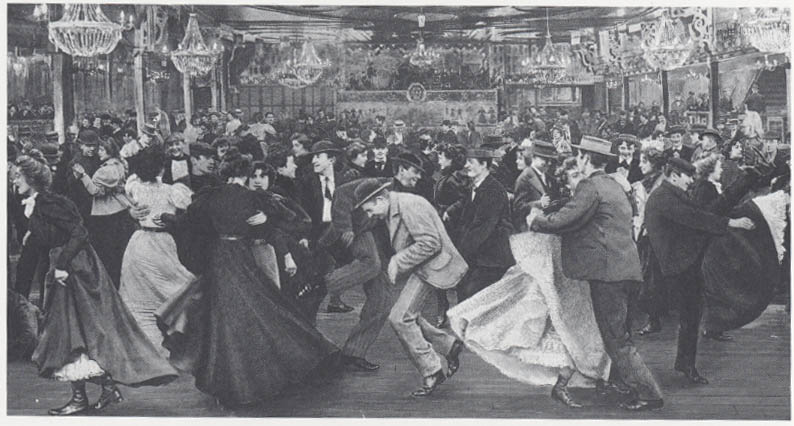
On June 18, 1891 the congregation decided the Mission Festival should be on the 2nd Sunday in August. Because of so many poor students who cannot pay, the Pastor wants to collect money at weddings and baptisms. This was granted.
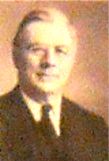
Rev. Gutekunst
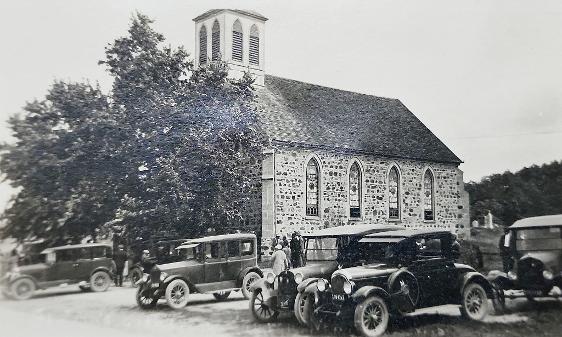
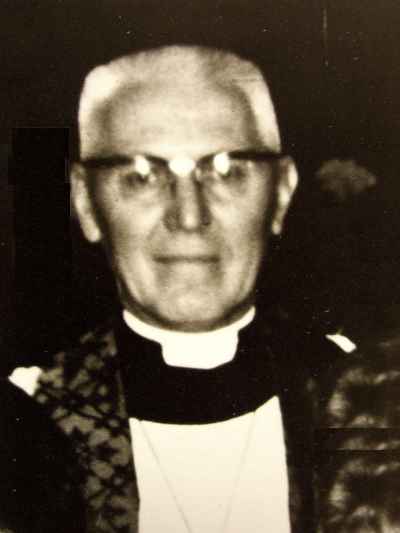
Rev. Zanow
In August 1958 Rev. Haupt was installed at St. John. Pastor Haupt reopened the school and was and was active in the educational program. In 1969 he accepted a call to Good Shepherd Church in Gilroy, California. Following a short stay there, he returned to St. John where he was again installed on February 15, 1970. He served until 1979.
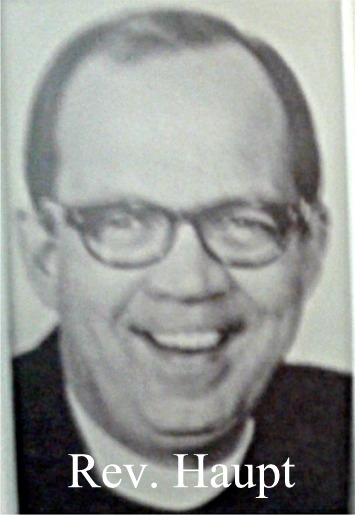
In June of 1980, Vicar Robert Lindau came to serve at St. John. He was issued a call to St. John and was subsequently installed and ordained in a joyful ceremony on June 21, 1981. Pastor Lindau knew everyone who belonged to St. John by name. He was very interested in the youth of the congregation and in their Christian education. He accepted a call to Adell and Sherman Center in May of 1984.
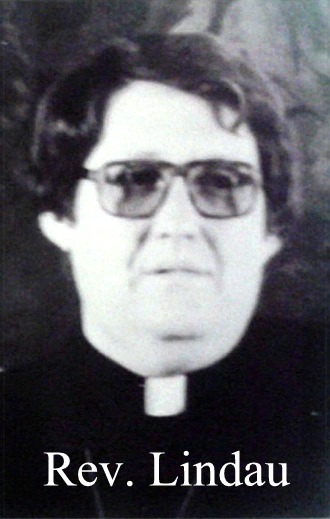
In 1984 Pastor Charles W. Reehl came to St. John from Menasha, Wisconsin. He is remembered for his fine, dynamic singing voice and his great devotion to the Lord. During his Pastoral time the stain glass windows were restored and renovated.
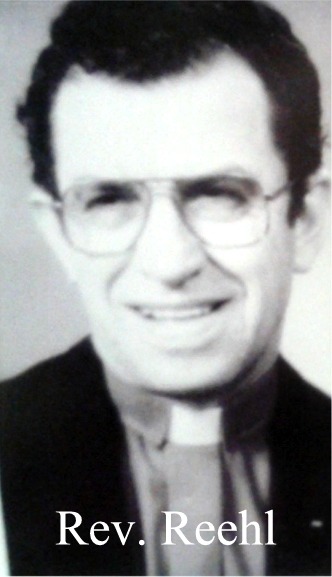
In June of 1990, Pastor Mark Eckert was installed. Pastor Eckert attended Concordia Theological Seminary in Ft. Wayne, Indiana for two years before being assigned to a vicarage at a vacant congregation just south of Fresno, California. Completing the requirements for his Master of Divinity degree, Pastor Eckert was accepted as a candidate and ordained into the public ministry in 1986. He served in the metropolitan Detroit area until accepting the call to St. John New Fane. Pastor Eckert and his wife Luann and children were a good fit for St. John, as well as the surrounding communities. The 90's showed a series of growth at St. John and a continued ministry to a changing community. The congregation population became more diverse as the community became less rural. The congregation refocused it's mission to deal we these changes.
On December 18, 2011 at the annual St. John Christmas Dinner, the St. John congregation in New Fane surprised Rev. Eckert with a presentation in the Fellowship Hall. The congregation presented Rev. Eckert with a congregational plaque depicting his 21 years at St. John and a plaque from the Lutheran Church Missouri Synod Wisconsin Southern District depicting his 25 years since being Ordained. The congregation also surprised him by giving him a beautiful watch to commemorate reaching these two milestones. He was reminded this does not constitute retirement, for we wish to have him with us for many years to come.
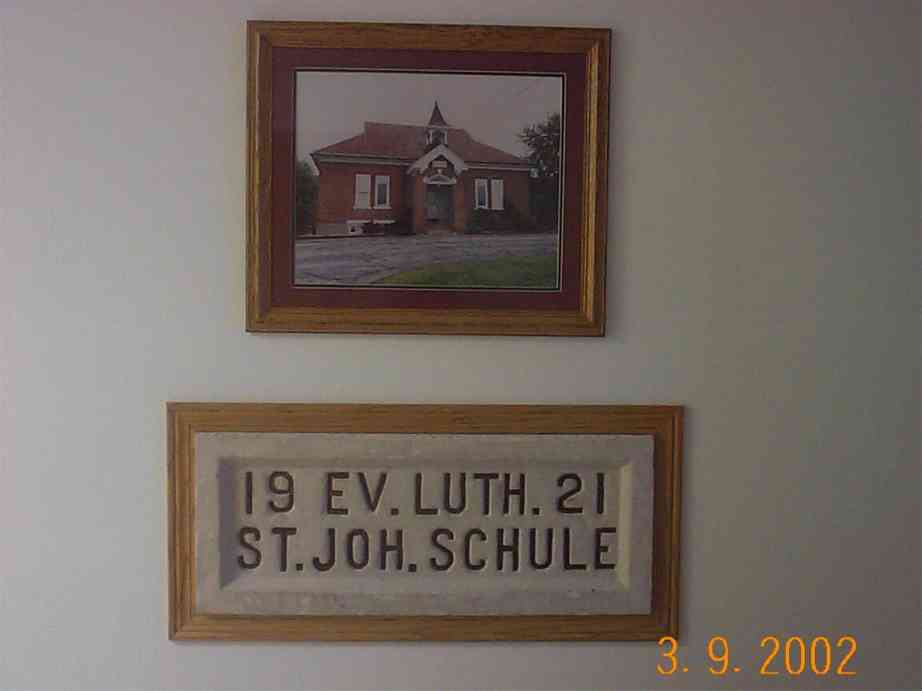
In 1866 the congregation attempted to start a Christian Day School, but trained teachers were hard to find. From 1867 to 1873 the Pastors’ taught the children. After that time teachers’ were called, serving in conjunction with the Pastors’. The classes were originally taught in the old church building until a log school building was erected in 1879. In 1921 another school building was built in the traditional “Prairie School” style. That school was closed in 1940, re-opened in 1959, and closed again in 1963. That “Prairie School” no longer stands. In 1998 a brand new Fellowship Hall has been erected which holds our church offices, Sunday school, kitchen, classrooms, and of course the beautiful hall.
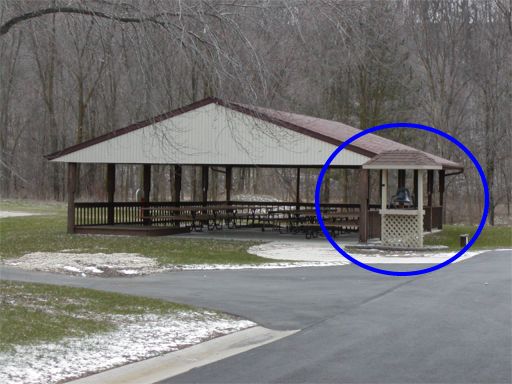
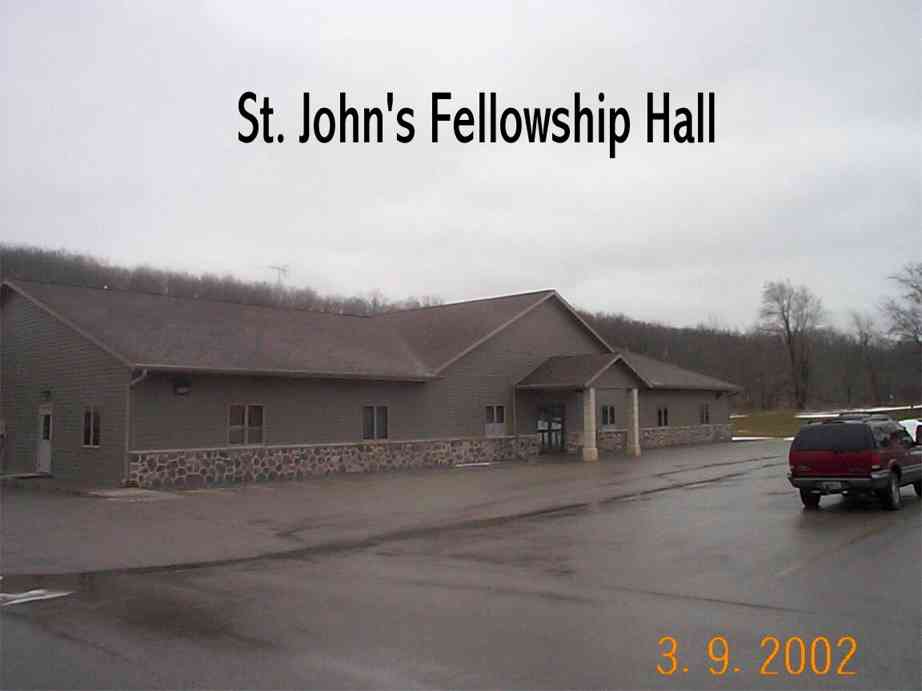
St. John congregation of New Fane was instrumental in planting three other area congregations, Emmanuel in Campbellsport, Trinity in Dundee, and Pilgrim in West Bend. These congregations have been blessed by God through the years and remain established today in their communities. This gives evidence of God’s gracious activity among his people over the years in the new Fane area. To God alone be the Glory!!!!
